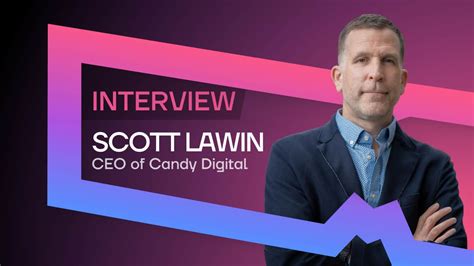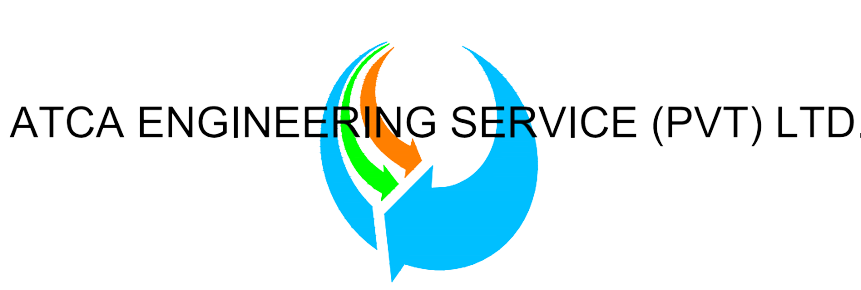Navigating the Unique Scenario (NFT): Ethereum (ETH) insights and cross -chain bridges
The cryptocurrency world has undergone a significant transformation in recent years, with the emergence of non -fungible tokens (NFTs) as a new border. NFTs are exclusive digital assets that can represent property of items, collectibles, art or other verifiable data. The rise of Ethereum (ETH), one of Blockchain’s main platforms, played a crucial role in the development and growth of the NFT market. In this article, we will explore the ideas of ETH in relation to NFTs and provide an overview of the cross -chain bridges, helping you browse the complex scenario of these digital assets.
What are NFTS?
NFTs are exclusive digital tokens that represent the property of a specific asset or data. Unlike fungible tokens (such as bitcoin), which can be exchanged for other identical tokens, NFTs cannot be replaced or exchanged by another identical token. They provide a new level of safety and scarcity to digital assets, making them more valuable than traditional cryptocurrencies.
The role of Ethereum in the NFT market
Ethereum has been at the forefront of the NFT Revolution, thanks to its unique resources that make it an ideal platform to create, buy, sell and negotiate NFTs. Here are some important ideas of ETH:
* Decentralized Finance Integration (Defi) : The Ethereum Native Platform allows users to create, lend, lend and negotiate NFTs using their integrated ERC-721 and ERC-1155 tokens.
* Smart Contracts : Ethereum’s smart contract functionality allows developers to create NFT -based complex applications without the need for intermediaries.
* NFT Marketplace : ETH NFT Marketplace, Opensea, became one of the largest and most popular platforms to buy, sell and negotiate NFTs.
CROSS CHAIN BRIDGES: A watershed in NFT Trading
Cross chain bridges revolutionized the way NFTs are traded on different blockchain networks. These bridges allow users to transfer NFTs between currents without problems, reducing costs and increasing liquidity. Here is an overview of cross chain bridges:
* Interoperability : Cross chain bridges facilitate perfect interactions between different blockchain platforms, allowing the creation of NFT -based complex applications.
* COST ECONOMY : By leveraging cross -chain bridges, traders can reduce transaction rates and save time in changing from one chain to another.
* Largest liquidity : Cross chain bridges provide a platform for liquidity providers to offer their assets, increasing availability and facilitating NFTs trade.
Notable Cross Chain Bridges:
- Avalanche (Avax) : A popular cross -chain bridge that supports multiple chains, including Ethereum, Binance Smart Chain (BSC) and others.
- Polygon (Matic)

: Another main cross -chain bridge that facilitates perfect interactions between different blockchain platforms.
- Chainlink (Link) : A decentralized Oracle network that allows the creation of complex intelligent contracts on multiple blockchain networks.
Conclusion
The NFT scenario is evolving rapidly, with Ethereum playing a crucial role in the formation of this new border. Understanding the ideas of the ETH and Cross Chain bridges, you can sail in this complex market more effectively. As the NFT industry continues to grow and mature, it is essential to stay informed about the latest developments, trends and innovations.
Recommendations:
- Stay up to date : Keep an eye on Ethereum’s updates and ads on Defi Integration, smart contracts and cross-chain bridges.
- Explore NFT markets : Use opensea, rare or superrare to discover and buy exclusive NFTs.
- Diversify your portfolio : Consider investing in a mixture of assets in different networks and blockchain platforms.

